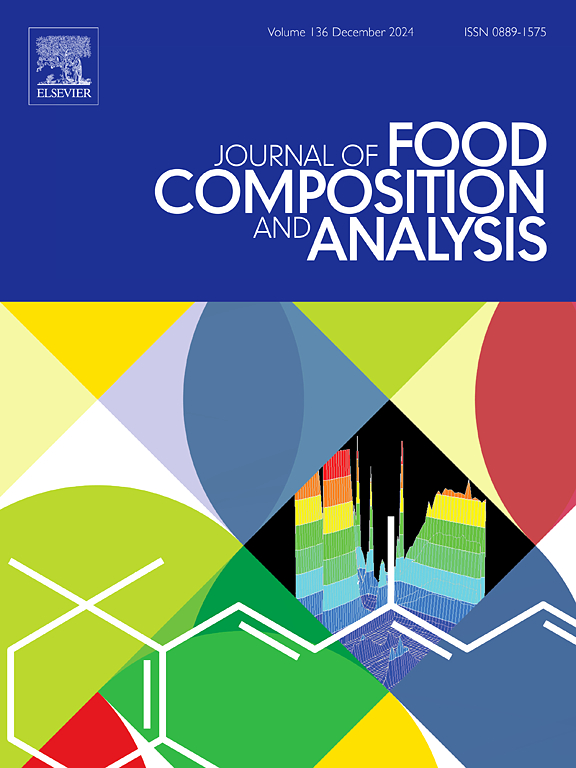A systematic review of traditional and eco-friendly methods for extracting bioactive compounds from Citrus aurantium L. plant
IF 4
2区 农林科学
Q2 CHEMISTRY, APPLIED
引用次数: 0
Abstract
Citrus aurantium L. (C. aurantium), commonly known as bitter orange, is a rich source of bioactive compounds (BCs), including flavonoids, alkaloids, essential oils, and phenolic compounds. The various studies emphasize on the extraction of BCs from C. aurantium L. by-products, such as peels, seeds, and leaves, using both traditional and innovative eco-friendly techniques. These compounds exhibit various pharmacological properties such as antioxidant, anti-inflammatory, antimicrobial, and anti-obesity effects, making them highly valuable in traditional medicine, pharmaceuticals, cosmetics, and food industries. The extraction of these BCs is a crucial process, with conventional methods like maceration, Soxhlet extraction, and steam distillation being widely used. However, these methods often present challenges such as long extraction times, high solvent use, and potential degradation of heat-sensitive compounds. To address these limitations, green extraction techniques such as ultrasound-assisted extraction (UAE), microwave-assisted extraction (MAE), supercritical fluid extraction (SFE), and enzyme-assisted extraction (EAE) have gained prominence. These techniques offer increased efficiency, reduced environmental impact, and improved preservation of BCs. Despite their advantages, comprehensive comparisons between conventional and green methods for extracting compounds from C. aurantium are limited. This systematic review critically evaluates and compares both conventional and green extraction techniques for C. aurantium L., analyzing their efficiency, practicality, and sustainability. By synthesizing existing research, this review highlights the strengths and limitations of each method, providing valuable insights for optimizing extraction processes. The review also identifies gaps in current research and suggests future directions, including the need for standardized comparisons of extraction techniques and further exploration of environmentally friendly methods to enhance the industrial application and sustainability of C. aurantium L. BCs extraction.
求助全文
约1分钟内获得全文
求助全文
来源期刊

Journal of Food Composition and Analysis
工程技术-食品科技
CiteScore
6.20
自引率
11.60%
发文量
601
审稿时长
53 days
期刊介绍:
The Journal of Food Composition and Analysis publishes manuscripts on scientific aspects of data on the chemical composition of human foods, with particular emphasis on actual data on composition of foods; analytical methods; studies on the manipulation, storage, distribution and use of food composition data; and studies on the statistics, use and distribution of such data and data systems. The Journal''s basis is nutrient composition, with increasing emphasis on bioactive non-nutrient and anti-nutrient components. Papers must provide sufficient description of the food samples, analytical methods, quality control procedures and statistical treatments of the data to permit the end users of the food composition data to evaluate the appropriateness of such data in their projects.
The Journal does not publish papers on: microbiological compounds; sensory quality; aromatics/volatiles in food and wine; essential oils; organoleptic characteristics of food; physical properties; or clinical papers and pharmacology-related papers.
 求助内容:
求助内容: 应助结果提醒方式:
应助结果提醒方式:


